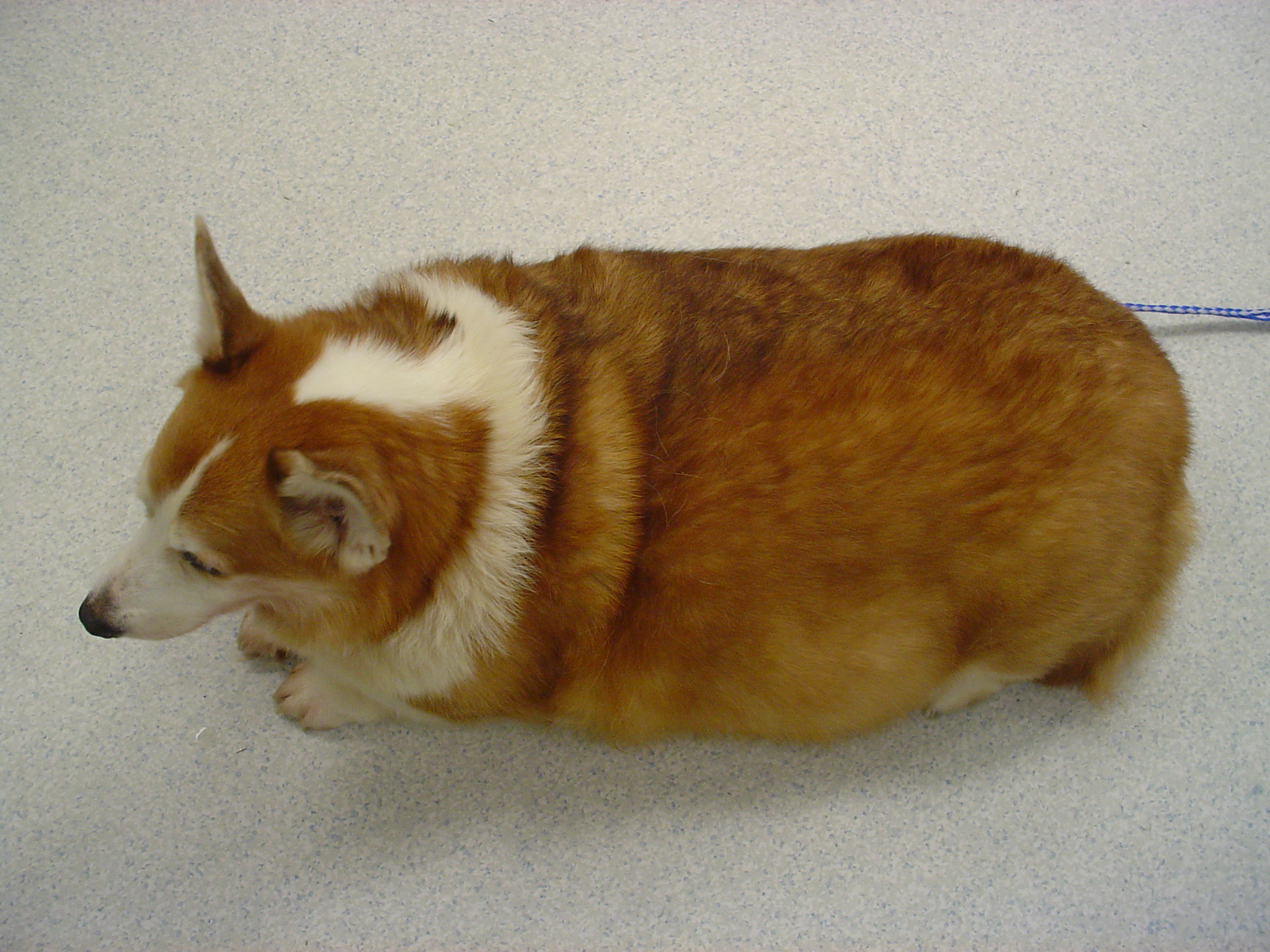Dr. Phil Zeltzman’s Blog
The biggest threat to your pet
The numbers are out… and they’re not encouraging…

Every year, the Association for Pet Obesity Prevention or APOP (full disclosure: I’m a volunteer member of the board) collects information about the weight and “Body Condition Score” of cats and dogs throughout the US. Sadly, despite vets’ efforts, our pets get a little bit chubbier every year.
Of course the numbers are not out for 2015, so below is the state of US pets in 2014.
- 58% of cats are overweight.
- 28% of cats are obese (vs. 27% in 2013).
- 53% of dogs were overweight.
- 18% of dogs are obese (vs. 17% in 2013).
The fat gap
A big problem of this growing epidemic is that the “fat gap” keep widening.
The fat gap is a sad misconception in the minds of pet owners.
Almost all owners of overweight cats and dogs don’t even see their pets’ excess weight:
- 90% (vs. 88% in 2013) of owners of overweight cats
- and 95% (vs. 93% in 2013) of owners of overweight dogs identified their pets as having a normal weight.
Why is this a problem? Because it’s difficult to treat what you don’t see or don’t know. So instead of fighting to treat overweight or obesity, vets have to fight denial.
To be fair, many vets don’t talk about weight loss when it’s needed.
Regardless of the reasons or excuses, the ultimate biggest loser is the pet. Overweight and obesity can lead to diabetes, arthritis, high blood pressure, heart and respiratory diseases and even several types of cancer. Most of my patients with a torn ACL (and many other injuries) are overweight, which we know is a risk factor.
Dr. Ernie Ward, the founder of APOP, reports that:
- Only 50% of pet owners say their veterinarian has talked to them about nutritional issues
- Yet 75% say it would be extremely helpful.
“Veterinarians think pet owners don’t want to hear it – but they do. If we don’t talk about it, they get it at the pet store,” he says. “We’re losing the conversation war.”
So what should you do? Take an objective look at your pet. Can you feel the ribs easily? Does your pet have a tummy tuck (like a Greyhound) or a pot belly? Does your pet get easily tired after mild exercise, such as walking up the stairs?
Then ask your vet what you can do to help your pet lose weight. We have very effective weight loss foods now that can make a big difference in your pet’s quality of life.
Next, encourage your pet to exercise. Take a daily walk with your dog. And play daily with your cat. It’s good for your and it’s good for them. There are lots of free resources at www.petobesityprevention.org.
You can also check out my very practical book on weight loss (in pets and people) at www.amazon.com.
Last but not least, here is one more reason to help your pet lose weight, or maintain a healthy weight: thin pets live an average of 2 years longer than heavy pets. Obviously, you love your pet if you are still reading this. So for the love of your pet, please help him or her lose weight!
Phil Zeltzman, DVM, DACVS, CVJ

Dr. Phil Zeltzman is a traveling veterinary surgeon in Pennsylvania & New Jersey. An award-winning author, he loves to share his adventures in practice along with information about vet medicine and surgery that can really help your pets. Dr. Zeltzman specializes in orthopedic, neurologic, cancer, and soft tissue surgeries for dogs, cats, and small exotics. By working with local family vets, he offers the best surgical care, safest anesthesia, and utmost pain management to all his patients. Sign up to get an email when he updates his blog, and follow him on Facebook, too!

